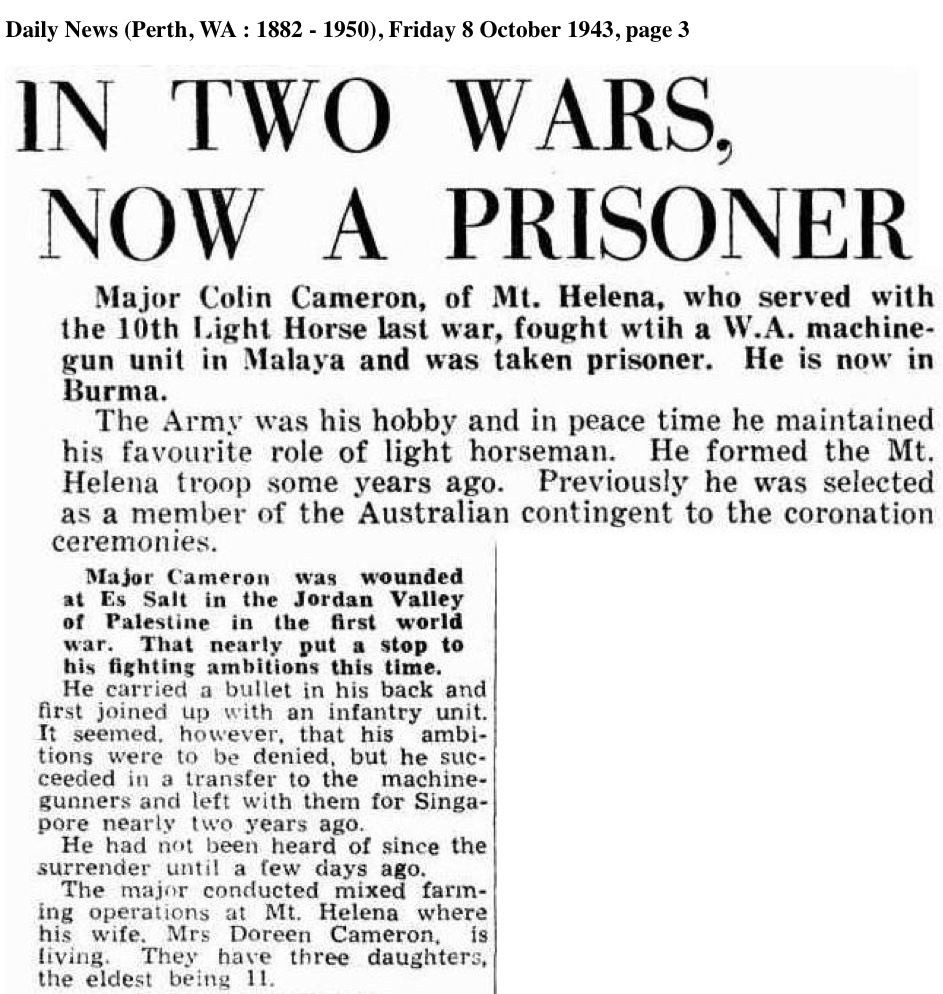The Soldier's Details

- Surname:
- Cameron
- First Name:
- Colin
- Rank:
- Major (Promoted 14.2.1942)
- Regimental #:
- WX3451
- Awards:
- Mentioned in Despatches
- Company:
- 'C' Company Headquarters
- Enlisted:
- 5.12.1940
- Discharged:
- 6.02.1946
- DOB:
- 13.09.1900
- Place of Birth:
- Digby, Victoria
- Father's Name:
- George Alexander Voege
- Mothers's Name:
- Flora Ann Voege
- Religion:
- Presbyterian
- Pre-war Occupation:
- Farmer
- Singapore:
- Selarang Camp Changi (Market Garden)
- Force:
- A' Force Burma, Green Force, No. 3 Battalion
- Camps Thailand:
- Tamarkan, Chunkau, Kanchanburi
- Camps Burma:
- Victoria Point, Tavoy, Kendau, Thetkaw, Meiloe, Thanbyuzat, Reptu 30km Camp from Aungganaung 105km Camp 28.10.1943
- POW#:
- 2613
- Return Details 1945:
- Thailand-Rangoon-Singapore-Perth by aircraft
General Description
This Officer was promoted on the death of Lt-Col M.J. Anketell.
______
WX3451 Major Colin Cameron MID
His Majesty the King has been graciously pleased to approve of the award Mentioned in Despatches in recognition of gallant and distinguished service in Malaya 1942.
Honour or Award recommended: Mentioned in Despatches
Date of London Gazette: 1st August 1946
Date of Commonwealth of Australia Gazette: 12th September 1946
_________
Colin Cameron was born George Voege in 1900 at Digby, Victoria.
On 17/10/1916, Voege enlisted with the 4th Light Horse in Melbourne. He was supposedly 18 years of age, however with a birth year of 1900 it is more likely this young man who stood 5’10” was 16-17 years of age! In fact he had celebrated his 16th birthday a month earlier.
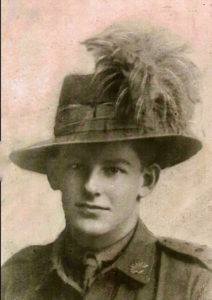
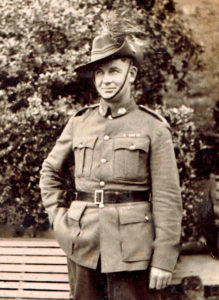
Trooper George Clowes Voege No. 1563A served with 3rd Camel Regiment also 9th and 4th Australian Light Horse Regiments. To this day, the 4th Light Horse Battalion continues to be recognised for their successful attack on Beersheba on 31 October 1917 against fortified Turkish positions following days and nights riding across the desert. Voege/Cameron was on regimental strength when the mounted charge took place. He later suffered a gunshot wound, living the remainder of his life with a bullet lodged in his spine. George embarked for Australia on 15/6/1919.
______
Following end of WWI, and in 1931 George Voege changed his name to Colin Cameron, seemingly cutting ties with his Germanic background.
On moving to WA from Victoria Colin became a member of 10th Light Horse Militia. When enlisting for WW2 he lowered his age by 12 months (this was not uncommon amongst enlistments!). He initially joined 2/16th Battalion, attended NCO School Randwick and was discharged. He wasn’t able to carry heavy loads due to a bullet lodged in base of his spine.
He then joined 2/4th and became ‘C’ Company Commanding Officer.
From Singapore Major Colin Cameron was selected with ‘A’ Force Burma to work on the Burma-Thai Railway. The 3,000 men of ‘A’ Force was formed by Brigadier A.L. Varley – becoming 3 Battalions of about 1,000 men each. Cameron was appointed 2 i/c of No. 3 Battalion. The men had no idea of their destination.
Colin Cameron provided strong leadership to POWs of ‘A’ Force, particularly when conditions were at their worst and POWs worked on the Burma end of the Railway. There they found wet weather, working conditions and living conditions in the Camps worse than any man could have envisaged. They faced starvation, life-threatening tropical illnesses with no medical supplies or facilities.
Please read poem composed by Alf Cough
He was a POW at the following camps:
Victoria Point
Tavoy
Kendau 4.8 km
Thetkaw 14 km
Meiloe 75 km
Ankanan105 km
Thanbyuzat
Reptu 30 km
Ankanan 105 km
Tamarkan April 1944
Bangkok released 20 Aug 1945
Returned to Australia by air on 6 October 1945
Discharged 6 Feb 1946
Please read about boys from Wooroloo, Mundaring and Perth Hills
______
After the war Colin Cameron was able to serve his community with his leadership skills.
Memorial to Officer in Charge of Jerramungup Corackerup War Service Settlement Scheme.
After World War Two there was a food shortage and Mr G.E.Wellard a member of the local Road Board proposed to the Director of the Department of Agriculture that the local area`s crown lands would be suitable for a soldier settlement scheme. The Director required proof the clover and cereals could be grown on the land and for the next few years experimental crops were grown. In 1953 Colin Cameron arrived as officer in Charge of the Jerramungup Corackerup War Service Settlement Scheme. Under his guidance the scheme became a much larger project than originally planned and the hinterland around Albany developed quickly.
Front Inscription of the War Memorial, Jerramungup
LEST WE FORGET.
This plaque is erected by the Shire of Jerramungup in memory of Colin Cameron who was Officer in Charge of War Service Land Settlement in this area from 1953 to 1963 and also to remind those who come after that it was the great organising ability and determination displayed by this man that was largely responsible for the successful development of the Jerramungup, Corackerup, Gairdner River W.S.L.S Scheme.
______
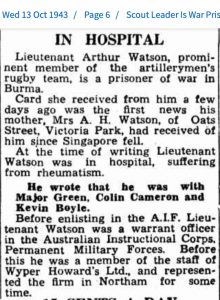
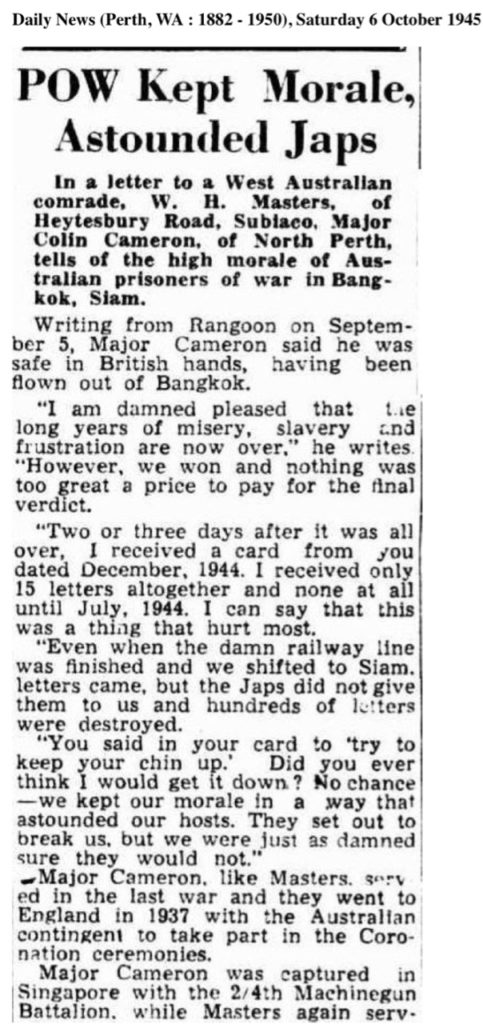

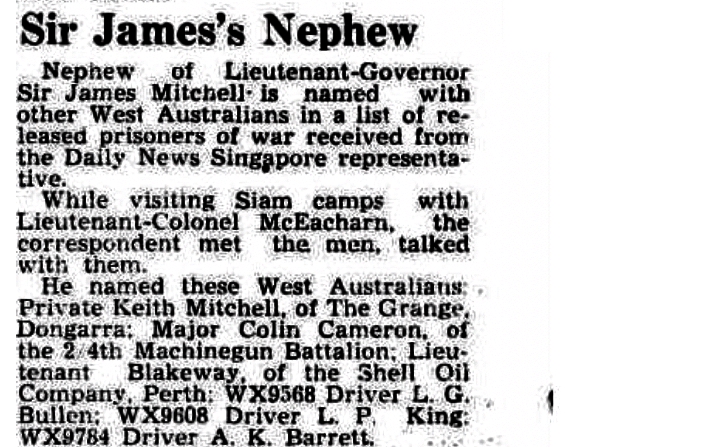
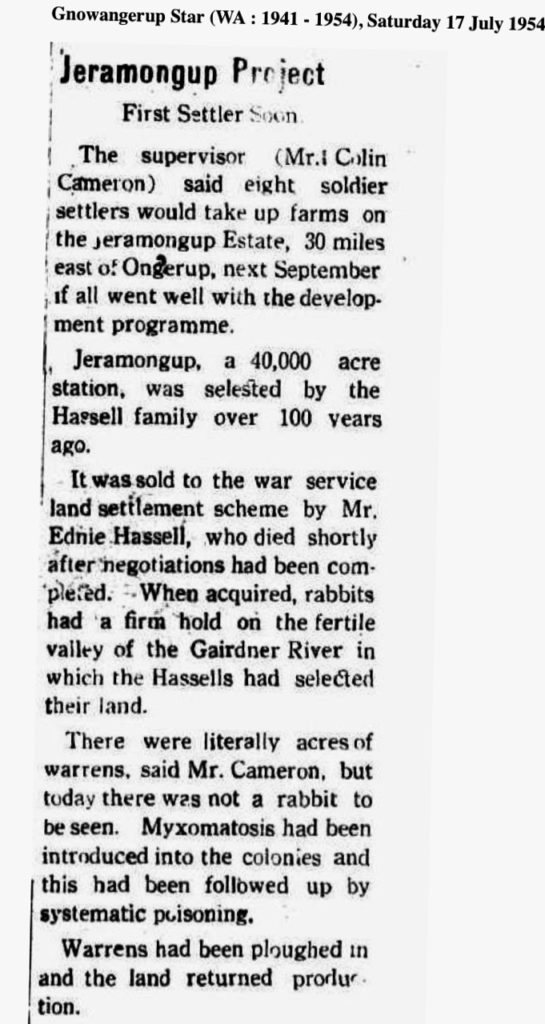
The following has been generously provided by daughter of Colin Cameron, Lauraine for which we are most grateful. The photographs of Colin Cameron in his WW1 uniform have also been provided.
The Cameron family honoured Mrs Cameron’s request that her husband’s medals be given to the WA Army Museum in Fremantle, with a copy of below:
MAJOR COLIN CAMERON WX3451
Born 13th September 1900 in Digby, Victoria, as George Claus Voege, son of Alexander and Flora Voege. Family members called him “Clow”.
In 1916 he threatened his mother, that if she didn’t give her consent to his enlistment, he would go to Western Australia and she would never see him again. Deciding that, at least the army would keep her informed of his fate she signed the consent form on which he had falsely stated that his age was 18 and that his father was deceased.
In January 1917 he arrived in Moascar, Egypt and in March was transferred to the 4th Light Horse Regiment where he served for the remainder of the war. During his service he contracted diphtheria and was wounded in action – carrying a bullet in his back for the rest of his life.
After the war he returned to Digby, but in the early 1920s he moved to W.A. where he changed his name to Colin Cameron, preferring to acknowledge his Scottish heritage over the German. He became a shearer and worked for H.J. Doyle’s Pastoral Labour Bureau. In 1931 he married Doyle’s youngest daughter, Doreen and became a dairy farmer in Mount Helena. Three daughters were born between 1932 and 1940. During this time he joined the 10th Light Horse as a member of the Citizens’ Military Force. In 1937 he was chosen to be part of the contingent sent to London for the coronation of King George VI. He stood guard at Buckingham Palace, which he regarded as one if the highlights of his life. On 20th February 1939 he received his commission as lieutenant.
In December 1940 he was seconded from the 10th LHR to the 2/4th Machine Gun Battalion and was appointed Captain. He again lied about his age, this time putting it down and enlisted the aid of a doctor friend who anaesthetised his back to enable him to pass the medical test.
The battalion was sent to Singapore in January 1942 and he was promoted in the field to Major on 14th February. He was officer in charge of ‘C’ Company. On 15th February he became a prisoner of war and after a short stay in Changi spent the remainder of the war on the Burma/Siam railway (‘A’ Force.) He was mentioned in despatches.
After the war he returned to the farm in Mt. Helena and in 1949 a fourth daughter was born. In 1950 he accepted a job with War Service Land Settlement as supervisor in charge of the Waddi Forest Scheme. When this was completed he had hoped to be allocated a farm of his own, but was prevailed upon to supervise the much larger Jerramungup/Corackerup/Gairdner River scheme. At the conclusion of this scheme he was allocated the old Hassell Homestead farm and spent the remainder of his life as a farmer.
Colin Cameron died in Jerramungup on Anzac Day – 25th April 1968.
His war service is mentioned in:
Behind Bamboo, Rohan Rivett, Halstead Press Sydney 1946.
Ghosts in Khaki, Les Cody, Hesperian Press Victoria Park 1997.
Colour Patch, The men of the 2/4th Machine Gun Battalion 1940 – 1945, by Murray Ewen, Hesperian Press Victoria Park 2003.
His WSLS service is mentioned in:
Bushlore, G.E.P. Wellard, Artlook Books Perth 1983.
Jerramungup – Soldiers of the Soil, Terry Spence, Terry Spence Maylands 2002.
Camp Locations:
- Selarang Camp Changi - Singapore
- Chungkai, 60k - Thailand
- Kanchanaburi, 50k - Thailand
- Tamarkan, Tha Makham 56k - Thailand
- Aungganaung,105Kilo - Burma
- Kendau, Kandaw, 4 Kilo - Burma
- Meilo, 75 Kilo, 340k - Burma
- Reptu, Retphaw, 30Kilo 385k - Burma
- Tavoy (Dawei) - river port - Burma
- Thanbyuzayat, 415k - Burma
- Victoria Point, Kawthoung - Burma. \'A\' Force, Green Force No. 3 Btn
- Thetkaw 14 Kilo - Burma

